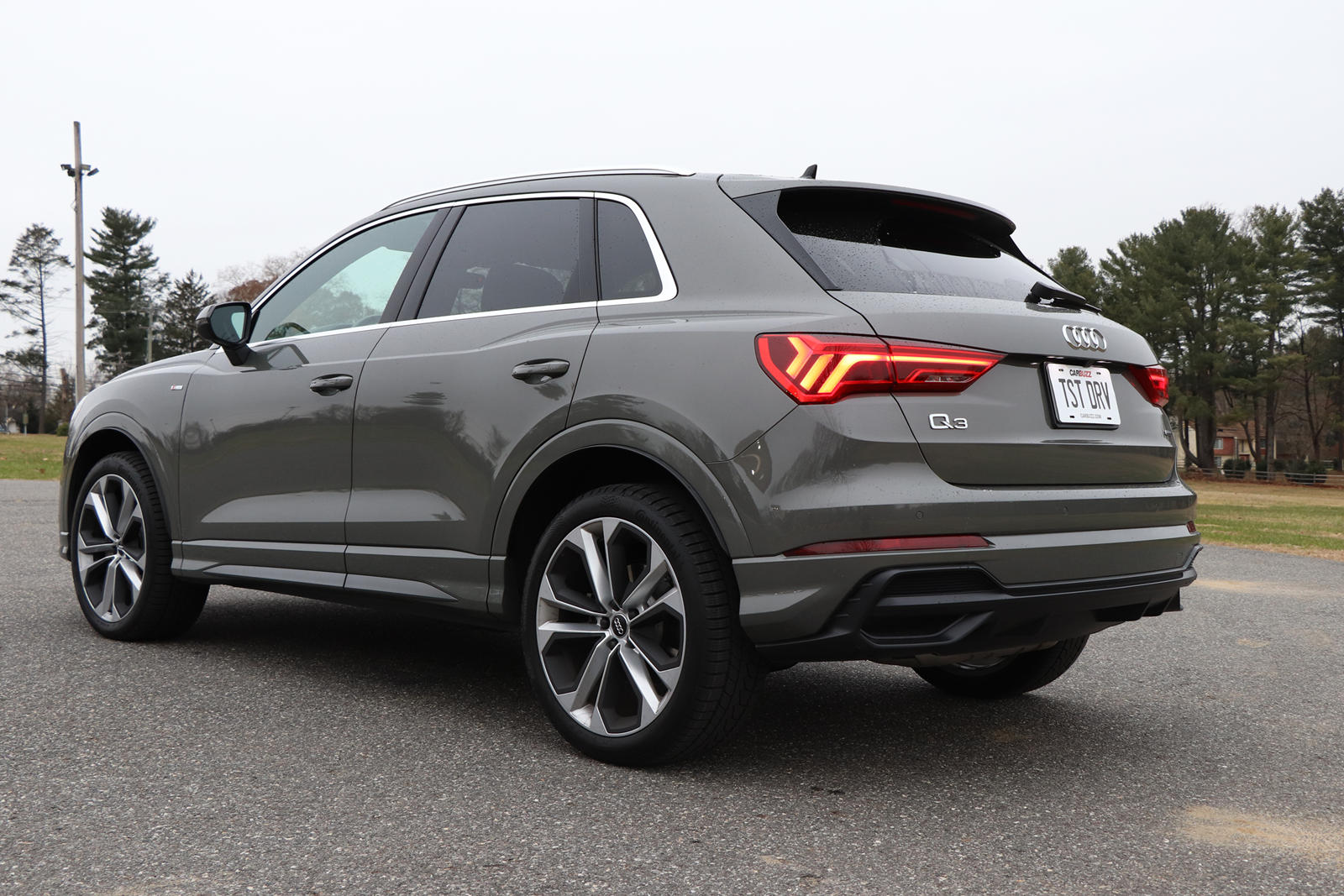Unveiling the Future on Four Wheels
Concept cars, those tantalizing glimpses into the future of automotive design and technology, have long captured the imagination of car enthusiasts and industry insiders alike. These sleek, futuristic vehicles represent the cutting edge of automotive innovation, showcasing bold ideas and pushing the boundaries of what’s possible on the road. From futuristic prototypes to practical production models, the journey from concept to reality is a fascinating one, filled with challenges, triumphs, and unexpected twists. In this article, we’ll explore the evolution of concept cars, tracing their roots, examining key milestones, and highlighting the impact they’ve had on the automotive industry.

The Birth of a Vision: Early Concept Cars
The concept car has its roots in the early days of the automotive industry, when designers and engineers began experimenting with new ideas and technologies. One of the earliest examples of a concept car is the Buick Y-Job, unveiled by General Motors in 1938. Designed by Harley Earl, the Y-Job was a revolutionary concept that introduced several features that would later become standard in production cars, including hidden headlights and a sleek, aerodynamic design.
Throughout the 1950s and 1960s, continued to push the boundaries of automotive design, with automakers like Chrysler, Ford, and Chevrolet unveiling futuristic prototypes at auto shows around the world. These served as showcases for new technologies and design trends, helping to shape the future direction of the industry.
The Golden Age of Concept Cars: Innovation and Imagination
The 1950s through the 1970s are often referred to as the golden age of concept cars, a time when automakers competed to outdo each other with ever more futuristic and imaginative designs. One of the most iconic concept cars of this era is the Ford Mustang I, unveiled in 1962. Designed as a prototype for the iconic Mustang muscle car, the Mustang I featured a sleek, aerodynamic design and advanced engineering features that helped set the stage for the production model that would follow.
Other notable concept cars from this era include the Chevrolet Corvette Stingray Racer, the Chrysler Turbine Car, and the Lamborghini Countach Prototype. These groundbreaking vehicles captured the public’s imagination and helped to shape the future of automotive design and technology.
From Dream to Reality: Bringing Concepts to Life
While many remain nothing more than dreams, some do eventually make the leap from the drawing board to the showroom floor. One such example is the Dodge Viper, originally unveiled as a concept car at the North American International Auto Show in 1989. The Viper generated such excitement that Chrysler decided to put it into production, and the first Viper rolled off the assembly line in 1992. With its powerful V10 engine and distinctive design, the Viper became an instant classic, proving that could indeed become a reality.
In recent years, advancements in technology have made it easier than ever for automakers to turn concepts into production models. Computer-aided design (CAD) software allows designers to create detailed 3D models of their concepts, while rapid prototyping techniques enable engineers to quickly build and test physical prototypes. As a result, concept cars today are closer than ever to the vehicles that eventually roll off the assembly line.
The Future of Concept Cars: Innovation Continues
As we look to the future, the role of in shaping the automotive industry is likely to become even more pronounced. With the rise of electric and autonomous vehicles, automakers are increasingly using concept cars to showcase their vision for the future of transportation. Concepts like the Tesla Cybertruck and the Audi Aicon offer a glimpse into a world where cars drive themselves and run on clean, renewable energy.
But concept cars aren’t just about pushing the boundaries of technology – they’re also about inspiring the next generation of designers and engineers. By showcasing bold ideas and innovative designs, concept cars encourage creativity and imagination, driving progress and innovation in the automotive industry.
Visual Table for Key Points:
| Section | Key Points |
|---|---|
| Genesis of Innovation | Origins of concept cars, role in automotive design |
| Designing the Future | Creative process, artistic expression vs. innovation |
| Driving Toward Reality | Challenges, triumphs of bringing concepts to fruition |
| Concept Cars Exhibitions | Showcases, international auto shows |
| Impact on the Industry | Influence on consumer preferences, technological advancements |
| The Future Ahead | Electric propulsion, autonomous technology, sustainability |
Comparative Table:
| Feature | Concept Cars | Production Cars |
|---|---|---|
| Design | Bold, futuristic | Refined, market-oriented |
| Technology | Cutting-edge innovation | Established, practical |
| Purpose | Inspire creativity, showcase possibilities | Meet consumer needs, generate revenue |
| Accessibility | Limited production, high price tags | Mass production, wide consumer base |
Conclusion: The Endless Possibilities of Concept Cars
From the futuristic prototypes of the 1950s to the cutting-edge concepts of today, concept cars have always been a symbol of innovation and imagination in the automotive industry. While many concepts remain nothing more than dreams, others have gone on to become iconic production models, shaping the future of transportation for generations to come.
As technology continues to evolve and new challenges arise, the role of in shaping the future of the automotive industry is more important than ever. Whether they’re pushing the boundaries of design, showcasing new technologies, or inspiring the next generation of innovators,cars will continue to play a vital role in shaping the future of transportation for years to come.




